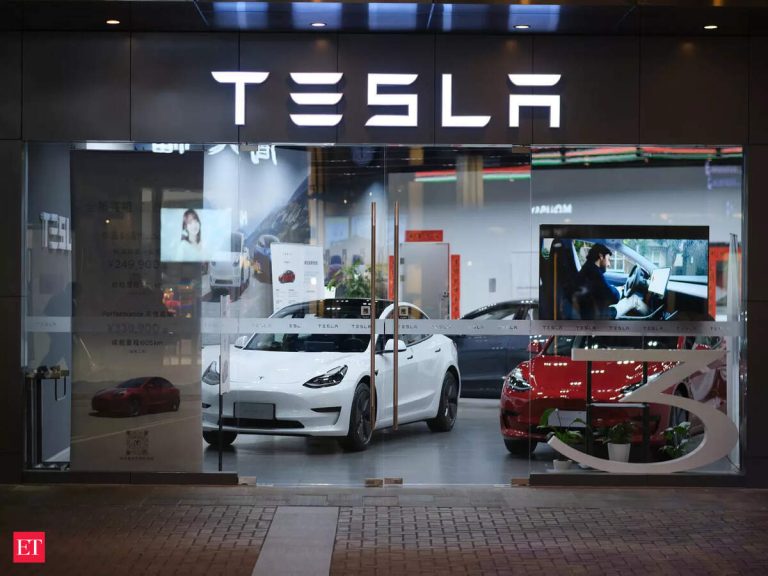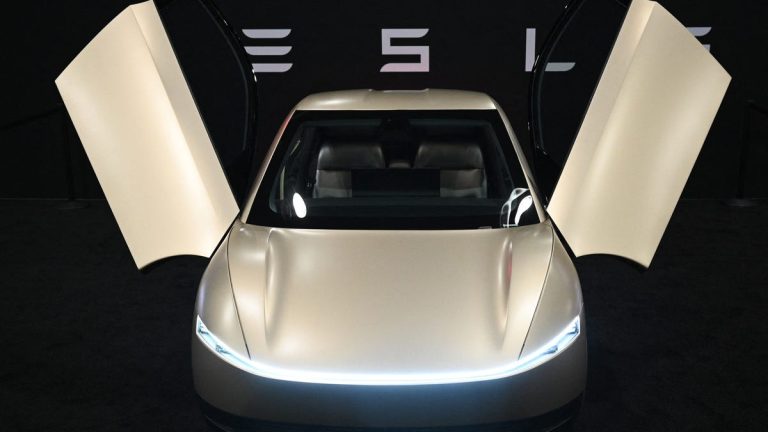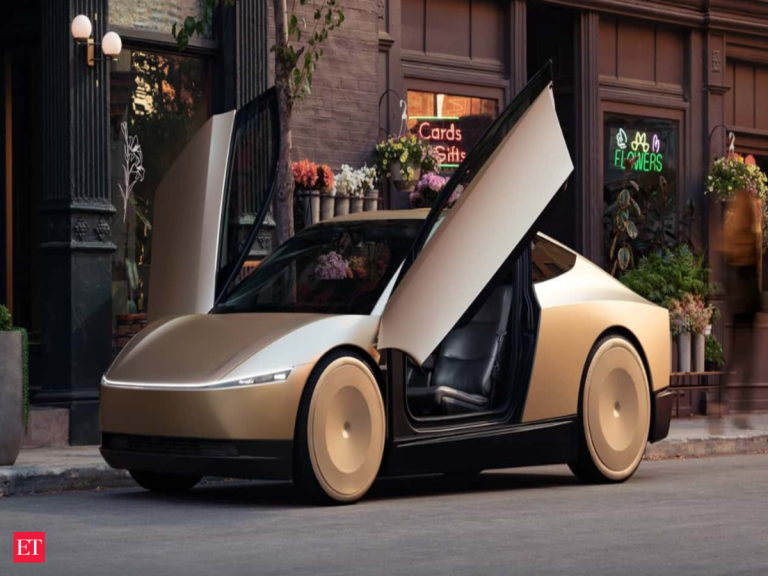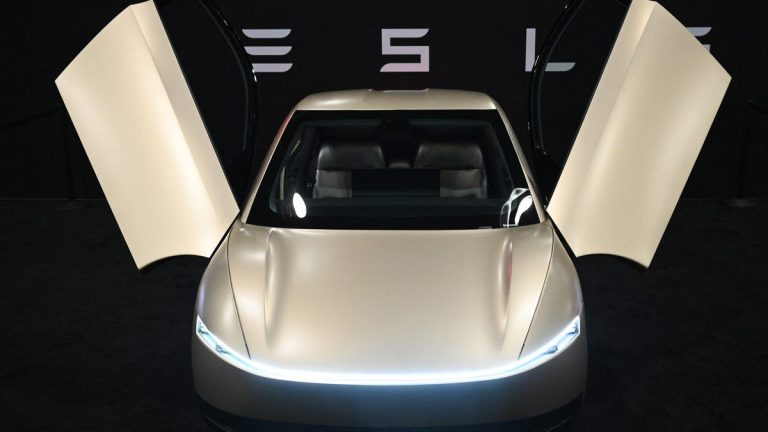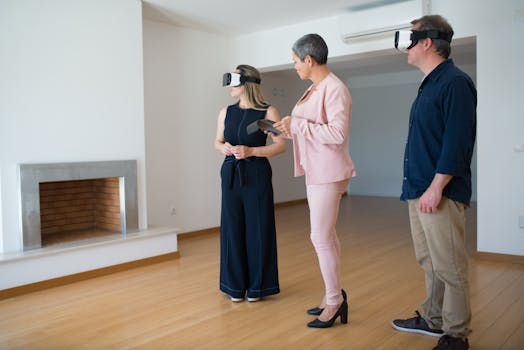
Smart Homes and Smart Living: The Technological Transformation of European Homes by 2025
Smart Homes and Smart Living are revolutionizing the way we live, work, and interact with our living spaces. With the increasing demand for convenience, comfort, and energy efficiency, European homes are undergoing a significant technological transformation. By 2025, we can expect to see a significant shift in the way homes are designed, built, and lived in.
The Current State of Smart Homes in Europe
Currently, many European homes are already equipped with some form of smart technology, such as thermostats, lighting systems, and security cameras. However, the adoption of smart home technology is still in its early stages, and there is a significant potential for growth and innovation. According to a recent report, the European smart home market is expected to grow from $12.4 billion in 2020 to $43.8 billion by 2025, at a Compound Annual Growth Rate (CAGR) of 28.5% during the forecast period.
The Future of Smart Homes in Europe
By 2025, we can expect to see a significant increase in the adoption of smart home technology, with more homes being equipped with advanced systems that integrate multiple devices and sensors. Some of the key trends that are expected to shape the future of smart homes in Europe include:
- Increased use of artificial intelligence (AI) and machine learning (ML) to optimize energy efficiency and comfort
- Greater emphasis on home automation, with more devices and systems being integrated and controlled remotely
- More focus on energy efficiency and sustainability, with the use of renewable energy sources and energy-efficient appliances
- Increased use of voice assistants and other interfaces to control smart home devices
The Benefits of Smart Homes and Smart Living
The benefits of smart homes and smart living are numerous, and include:
- Increased convenience and comfort, with the ability to control multiple devices and systems remotely
- Improved energy efficiency and reduced energy costs
- Enhanced security and safety, with advanced security cameras and alarm systems
- Improved health and wellbeing, with the use of air quality sensors and other health-related devices
Challenges and Limitations of Smart Homes and Smart Living
While smart homes and smart living offer many benefits, there are also several challenges and limitations that need to be addressed. These include:
- High upfront costs, which can make smart home technology inaccessible to some homeowners
- Concerns about data privacy and security, with the potential for hacking and data breaches
- Interoperability issues, with different devices and systems not being compatible with each other
- Lack of standardization, with different manufacturers using different protocols and standards
Conclusion
In conclusion, the technological transformation of European homes by 2025 will be significant, with smart homes and smart living becoming increasingly prevalent. While there are challenges and limitations to be addressed, the benefits of smart homes and smart living are numerous, and include increased convenience and comfort, improved energy efficiency, and enhanced security and safety. As the technology continues to evolve and improve, we can expect to see even more innovative solutions and applications in the future.



